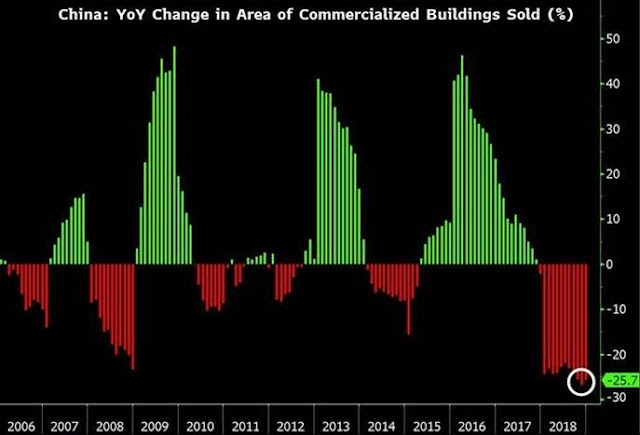_________________
It is their job to entertain. It is your job to ignore (Link)
Every day media outlets try to tell investors how the markets are doing. This question commands far too much attention given how little it actually matters in most people’s day-to-day lives. Since January 17, 2018 the Dow Jones Industrial Average has seen absolute daily changes add up to over 58,000 points.
Yet over this time, the index has gained less than 100 points.
Why outperforming can be so difficult (Link)
Most assume picking the big winners is the key to outperforming the market for a stock-picker, but it’s likely more important to avoid those distressed stocks that can be so damaging to performance. Since 1980, over 320 companies were removed from the S&P 500 for business distress reasons.
How many individual U.S. common stocks outperform the S&P 500 over rolling 10-year periods? On average 43%. You can see the number got as high as 70% in the 1980s and as low as 25% in the late 1990s.






















